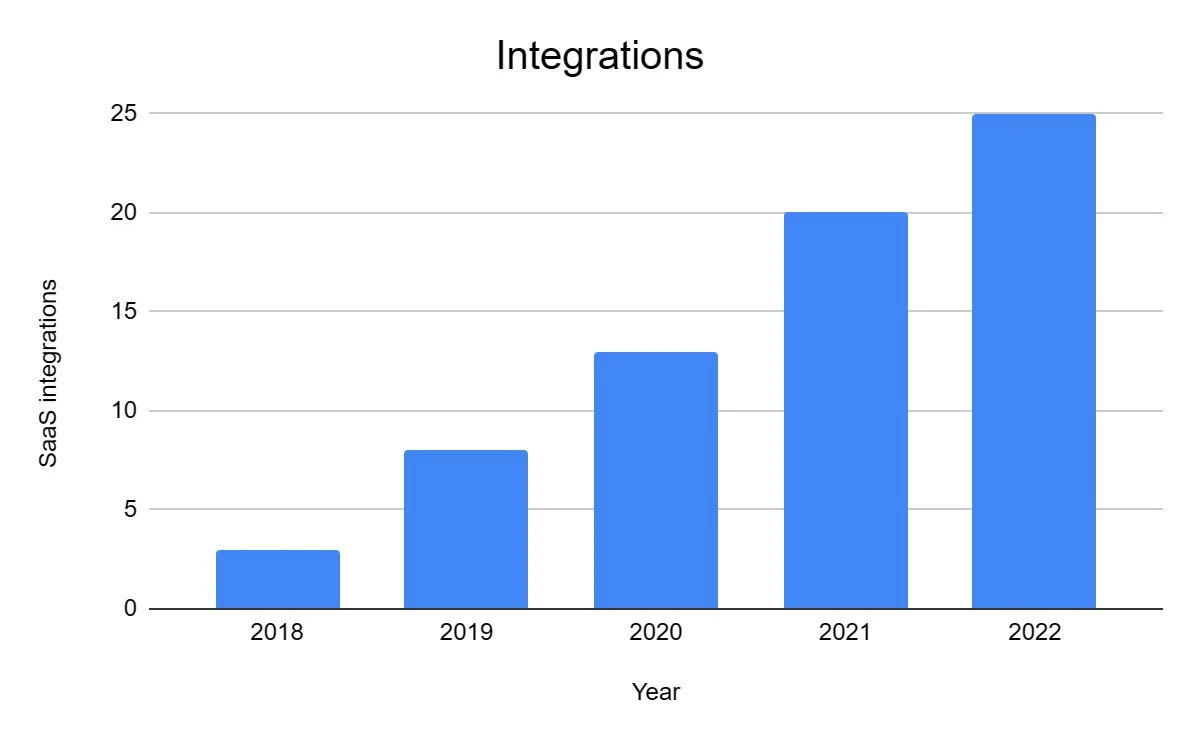The team estimates costs, creates a schedule, and has a detailed plan to achieve their goals. Learning about major methodologies of SDLC, along with their benefits and drawbacks, enables you to set up effective system development processes that deliver the best possible outcomes. Typically, each stage must be completed before the next one can begin, and extensive documentation is required to ensure that all tasks are completed before moving on to the next stage. This is to ensure effective communication between teams working apart at different stages. This approach implies a linear type of project phase completion, where each stage has its separate project plan and is strictly related to the previous and next steps of system development. There are various approaches to testing, and you will likely adopt a mix of methods during this phase.

During the analysis phase, a programmer develops written requirements and a formal vision document via interviews with stakeholders. The Agile model has existed for a long time, and still hasn’t lost its punch. Lately, the model is widely adopted by organisations, and it is proven to be quite the driving force behind software development. Some companies see so much value in the model that it is used for other projects, including non-technical projects and activities.
SDLC Phase 5: Integration and Testing
Project managers are also responsible for keeping stakeholders in the loop of everything that’s happening with a project by engaging with them regularly and keeping communication channels open and flowing. This professional is also tasked with developing and employing best practices and standards for project documentation as well as comprehensive documentation of requirements. Additionally, project managers must also carefully evaluate the risks of the project across every phase and craft contingency plans to mitigate or reduce risks as much as possible.

Gaining executive sponsorship is key to getting the “buy-in” needed to ensure that the project is aligned with agency priorities and that the “drivers” and potential benefits for building a new system are well understood. Funding should also be secured, not only for creation of the system but also for ongoing operations costs. Keep in mind that some agencies will only provide funding for this phase before approaching funding for the full project. Therefore, carrying out the analysis of the total cost of ownership is an important exercise to include in this stage. Creation of a project charter, signed by key stakeholders, is an essential component of the initiation and concept phase of the SDLC.4 This phase concludes with a “go/no-go” decision by key stakeholders.
Plan
Based on the design specifications, developers write code, create database structures, and implement necessary functionalities. Rigorous testing and quality assurance are performed to ensure the system’s accuracy, performance, and adherence to the design requirements. Systems analysis and design (SAD) can be considered a meta-development activity, which serves to set the stage and bound the problem. SAD interacts with distributed enterprise system development life cycle steps architecture, enterprise I.T. Architecture, and business architecture, and relies heavily on concepts such as partitioning, interfaces, personae and roles, and deployment/operational modeling to arrive at a high-level system description. This high-level description is then broken down into the components and modules which can be analyzed, designed, and constructed separately and integrated to accomplish the business goal.
- Because many teams immediately test the code they write, the testing phase often runs parallel to the development phase.
- We look forward to learning more and consulting you about your product idea or helping you find the right solution for an existing project.
- Oftentimes, system analysts are tasked with identifying opportunity area gaps and generating organizational improvements to reach specific goals.
- This phase consists of maintenance and performing regular necessary updates.
- Each phase includes a set of major activities; exit criteria are used to determine whether the team can move on to the next phase.
- There are various approaches to testing, and you will likely adopt a mix of methods during this phase.
- For example, as the system analyst of Viti Bank, you have been tasked to examine the current information system.
In addition, testing allows users to identify defects before the system is deployed. A testing environment that simulates the actual use of the system should be used. At this phase, there is a risk of “scope creep” such that system enhancements that go beyond the charter and project management plan may be identified. These potential enhancements should be logged for future consideration but not acted upon immediately. The project manager plays a central role in this prioritization process. The end goal of this phase is for a system that is ready for implementation.
Guide to System Development Life Cycle
Even when an enterprise utilizes the same methods, different project tools and techniques can differ dramatically. The product life cycle describes the process of building information systems in a very thoughtful, structured, and methodical way, repeating each stage of the product life cycle. The systems development life cycle was proposed in the early 1960s for the development of large-scale, functional business systems. Information system’s activity was based on heavy data processing and processing of arrays of routine calculations. Understanding the System Development Life Cycle and its various steps is critical for the successful development and management of software projects.

In those days, teams were small, centralized, and users were ‘less’ demanding. This type of scenario meant that there was not a true need for refined methodologies to drive the life cycle of system development. However, technology has evolved, systems have become increasingly complex, and users have become accustomed to well-functioning technology. Models and frameworks have been developed to guide companies through an organized system development life cycle.
Development Stage
This article will provide an in-depth analysis of the history, definition, phases, benefits, and disadvantages, along with solutions that support the system development life cycle. SDLC products from software vendors promise organizational clarity, modern process development procedures, legacy application strategies, and improved security features. Vendors such as Oracle, Airbrake, and Veracode provide software development solutions in their complete enterprise software offerings. Many of these vendors also have a strong focus on identifying and de-bugging systems that may support the process of testing in software development life cycles.
Scarce resources as developers are tied up, which could slow down other projects. Improve chances of on-time, on-budget completion as users update in real-time, avoiding surprises during development. It is difficult to incorporate changes or customers’ feedback since the project has to go back to one or more previous phases, leading teams to become risk-averse. At Svitla Systems, we have expert teams of specialists who are knowledgeable in all the major SDLC methodologies, as well as the latest and most successful methods to help you build a powerful information system. Testers typically use both black and white box testing, and take an active role when writing QA automation scripts with developers.
Stage 1. Planning
Baselines[clarification needed] are established after four of the five phases of the SDLC, and are critical to the iterative nature of the model.[21] Baselines become milestones. System Testing – conducts testing on a complete, integrated system to evaluate the system’s compliance with its specified requirements. Structured Analysis and Design Technique (SADT) – helps people describe and understand systems through a diagrammatic notation. SADT can be used as a functional analysis tool of a given process, using successive levels of detail. Economic Feasibility – determines the positive economic benefits that the system will provide (cost benefit analysis).
At this stage, various components and subsystems are assembled into one integral system. Then, the system is tested in various modes to analyze its state, behavior, and functioning. As a result of performing this phase, we will receive a description of the design of the system with components, relationships, and relationships between the constituent parts. As a result of this phase, we will obtain a description of the requirements for the future system. The best practice is always to plan all stages of the SDLC correctly and the whole system will work as intended. During this phase of the Software Development Life Cycle, Developers use an Access Control or Source Code Management program for keeping track of code modifications.
Stage 3. Design.
All three of these methods are popular since they allow for extensive iteration and bug testing before a product is integrated with greater source code or delivered to market. Developers clearly know the goals they need to meet and the deliverables they must achieve by a set timeline, lowering the risk of time and resources being wasted. The agile methodology prioritizes fast and ongoing release https://www.globalcloudteam.com/ cycles, utilizing small but incremental changes between releases. This results in more iterations and many more tests compared to other models. Thus, systems analysts should have an even mix of interpersonal, technical, management, and analytical skills altogether. T’s important that the software overall ends up meeting the quality standards that were previously defined in the SRS document.
